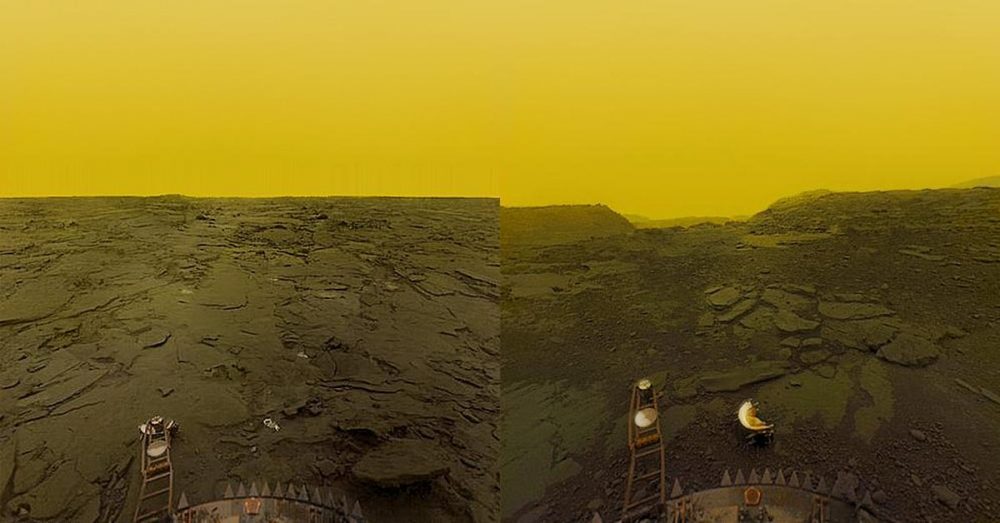Massive volcanic activity over a prolonged time likely turned Venus from a hospitable planet into the hellish world it is today.

Two neighboring planets, Venus and Mars, are of special interest to researchers. This is because evidence suggests that both these worlds, at one point in their history, were similar to Earth. In fact, some evidence suggests that Venus was even likely hospitable in the very distant past. If this was the case, what happened to Venus that changed it so drastically? Scientists have an idea. Hundreds or even thousands of years of volcanic activity and massive eruptions of material may have transformed Venus from a temperate, humid place into an acidic greenhouse.
Massive volcanic eruptions
Researchers from NASA examined the “great igneous provinces” that caused mass extinctions on our own planet millions of years ago. During periods of large-scale volcanism that last tens of thousands or even hundreds of thousands of years, large igneous provinces form. The eruptions can deposit volcanic rock on the surface in amounts exceeding 100,000 cubic miles. The molten rock could cover the entirety of Texas, half a mile deep at its highest point. Today, Venus’ surface temperature is about 864 °F, and its atmosphere has 90 times Earth’s surface pressure. Venus’ ancient history may have been shaped by massive volcanic outpourings sometime in its ancient past. This could have caused the planet to transition from a wet and temperate to a hot and dry planet due to several such eruptions within a million years. A total of 80% of Venus’ surface is covered in solidified volcanic rock fields.
Earth and its extinctions
“While we’re not yet sure how often the events which created these fields occurred, we should be able to narrow it down by studying Earth’s own history,” revealed Dr. Michael J. Way. In the 540 million years since multicellular life first evolved, Earth has experienced at least five major mass extinctions, each wiping out more than 50% of animal life. This study, as well as others before it, found that eruptions that produce large igneous provinces are typically responsible for extinction events. Due to reasons that Way and other scientists are still trying to discover, the climate disruptions caused by these events weren’t enough to cause a runaway greenhouse effect on Earth. Venus, on the other hand, did not have the same luck as our blue marble.
In the late 2020s, NASA will launch two of its next missions to Venus – Deep Atmosphere Venus Investigation of Noble Gases, Chemistry, and Imaging (DAVINCI) and Venus Emissivity, Radio Science, InSAR, Topography, And Spectroscopy (VERITAS). Both missions will study Venus in unprecedented detail in terms of its origin, history, and current state.
Source: curiosmos.com








